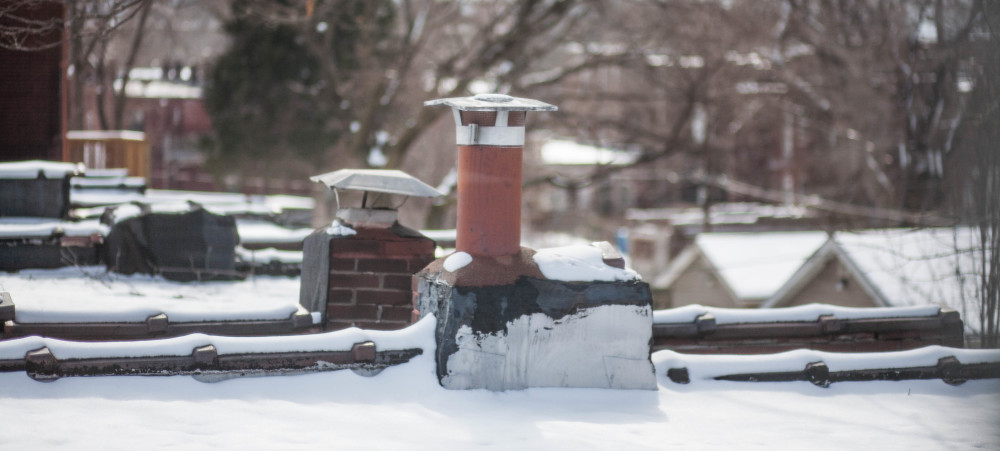Here’s a memory from my time in North Carolina. I associate it in my mind’s imaginary with All Souls’ Day, Allerseelen in German: the title of a song I used to sing. That time when the year starts to sink from late autumn into winter and we recall the names and ways and times of absent friends and loved ones. We recall the feel of them, too, and the feel of the world with them in it, as figured in my memory by the song of the French horn in the last of Richard Straus’s Last Songs. A time of last things in that sense, before Advent arrives with its heavy script.
I was on my way home from a two-day meeting at the Quail Roost Conference Center about this time of year, I think, in 1975. My way took me through Chapel Hill, which then still had a little of the village about it. On impulse I decided to stop at The Intimate Bookshop on Franklin Street. By then I had better than ten years’ experience of the place, known by those of us who loved it as “The Intimate.” I went there whenever I could, sometimes looking for something specific, sometimes to browse, sometimes just to soak up the atmosphere.
It was about five o’clock when I walked in. The day outside just gone to twilight, warming to a muted sunset that sat folded like a well-worn rug on the horizon. As I entered, the chill outside gave way to a wonderfully shabby interior of wooden floors and jerry-built bookshelves, stairs that creaked as someone walked up to the mezzanine. Like many another college-town bookshop, The Intimate did a big textbook business, supplying UNC and Duke students, but also dealt in trade books. I looked about me to see what was new since I had last been in.
On a table in front of me was a stack of newsprint catalogs form Marboro’s in New York, a scattering of remaindered art books, and a few copies of T. S. Eliot’s Collected Poems, the edition with the pink cover. I picked up the top copy because I didn’t own it and thought I’d buy it to add to my small but growing collection of non graduate school books. As I opened it my eye fell upon “A Song for Simeon,” a poem I didn’t know well then, my education to that point having focused my attention on Eliot’s earlier work, particularly “The Wasteland.” I read the opening lines:
Lord, the Roman hyacinths are blooming in bowls and
The winter sun creeps by the snow hills;
The stubborn season has made stand.
My life is light, waiting for the death wind,
Like a feather on the back of my hand.
In autumn 1975 I was barely thirty-eight. That Eliot poem in that setting gave me an intimation of mortality that was new. But the surprising thing was that no chill emanated from it. The moment was in feeling altogether welcome and welcoming. I had been given a brief but direct experience of passing divinity, of standing where there is no place that doesn’t see you, as Rilke put it, in which life and death fall away and there is only the real thing left, just now, just for now. My heart burned within me as surely as John Wesley’s had at Aldersgate.
But my experience carried with it no conviction of salvation. Such a thing was as remote from my mind as yesterday’s news. I have experienced other hierophanies. Each has left its print. As I drove home in the early darkness of that long ago November day with my newly acquired Collected Poems wrapped tight in a paper sack on the seat beside me, I carried with me a new and as yet wordless apprehension of the fragility and wonder of the world
—and it was well.

It seems to me, the archetypes tell the story. The hierophanies define it. Whether life is light or no, the feather has always been there. It just takes time to notice it.